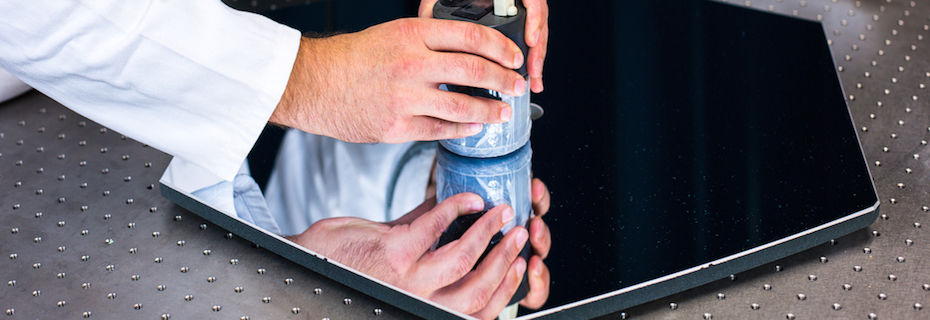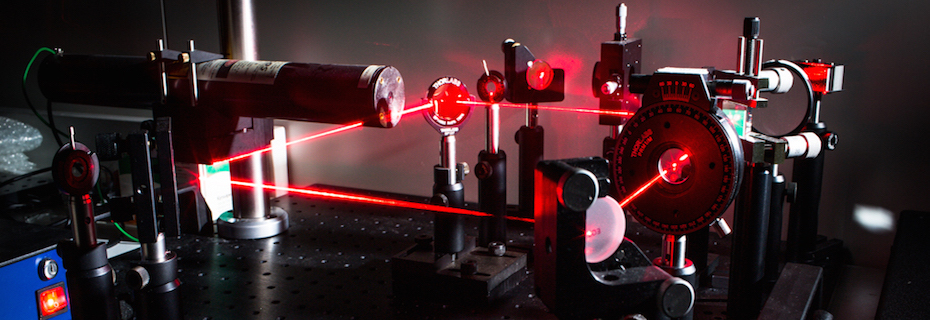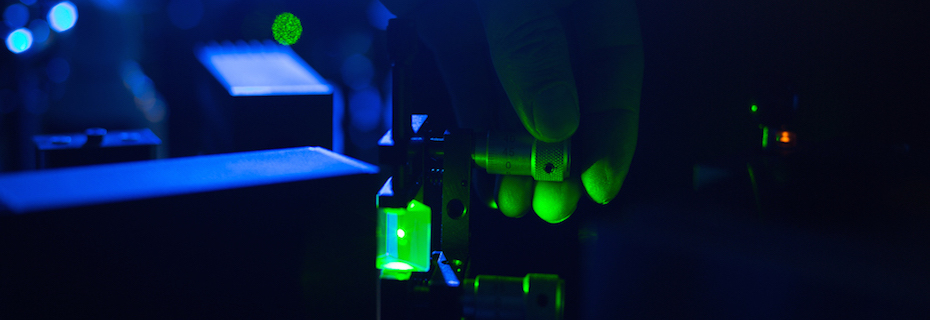News from FZU
Research Data Trainings at FZU: DMP & GitHub
Boost your research with hands-on sessions designed to help you manage, share, and protect your data more effectively. In just a few hours, you’ll gain useful tools and insights for modern research practice.A light lunch will be provided for participants between the morning and afternoon sessions
Categories: News from FZU
Research Data Trainings at FZU: FAIR Data & Licences
Boost your research with hands-on sessions designed to help you manage, share, and protect your data more effectively. In just a few hours, you’ll gain useful tools and insights for modern research practice.A light lunch will be provided for participants between the morning and afternoon sessions.
Categories: News from FZU
First joint conference of FZU and IOCB
Categories: News from FZU
An Artificial “Switchboard” Lets Scientists Dial Between Superconductor, Insulator – and a Strange In-Between State
Imagine flipping a dial to make a material behave like a perfect conductor, a complete blocker, or something intriguingly in-between that could help us to better understand the puzzling quantum world. That’s the idea behind a new study in Physical Review Letters, co-authored by FZU researcher Filip Křížek within an international collaboration.
Categories: News from FZU
Václav Špička from FZU received the highest award of the Czech Academy of Sciences
Categories: News from FZU
FameLab: science that deserves applause
Categories: News from FZU
Falling Walls Lab success. Tereza Roesel thrilled with second place and audience award
On Friday, September 15, 2025, the national round of the prestigious Falling Walls Lab Czech Republic competition took place at the National Technical Library in Prague. Scientist Tereza Roesel from the Division of Optics of the Institute of Physics of the Czech Academy of Sciences achieved significant success when awarded second place by the expert jury with her project Breaking the Wall of Single-Molecule Detection and, together with Veronika Šedajová from Palacký University, she also won the audience award.
Categories: News from FZU
Novel Responsive Materials Through Control of Atomic Vibrations
A recent study published in Advanced Science unveils a groundbreaking approach to designing responsive materials by manipulating atomic vibrations. The research, led by M. Tyunina, brings together a collaborative team from the Institute of Physics in Prague, the Institute of Solid State Physics in Riga, the Max Planck Institute for Solid State Research in Stuttgart, and the University of Oulu in Finland. Though informally organized, the team shares a deep commitment to exploring the fundamental principles of condensed matter physics.
Categories: News from FZU
New Eyes on the Universe. Olomouc Scientists Behind the Optics of Giant Telescopes on the Canary Islands
In September, the installation of mirrors on three large telescopes (Large-Sized Telescope – LST) was completed on the Canary Island of La Palma. These telescopes will become part of the future Cherenkov Telescope Array observatory. Their optical system is the responsibility of the scientists from the Joint Laboratory of Optics of the Institute of Physics of the Czech Academy of Sciences and Palacký University in Olomouc. This step represents a major milestone on the road to putting the telescopes into full operation. It will enable the observation of the most energetic processes in the universe – from supernova explosions to gamma-ray bursts and the search for traces of dark matter.
Categories: News from FZU
Magnetostatic and magnetoresonance properties of Heusler alloys. Focus on nanotwinned epitaxial films of magnetic shape memory alloys
Categories: News from FZU
Deciphering on-surface reactions via low temperature scanning probe microscopy
Categories: News from FZU
In memory of Dr. Karel Výborný
It is with deep sadness that we announce that on Saturday, August 23rd, our friend and colleague, physicist Dr. Karel Výborný, suddenly and tragically passed away. Karel died in an accident in the mountains he loved. He was 47 years old and is survived by his wife and two children.
Categories: News from FZU
Unique telescopes in Ondřejov observe cosmic gamma rays even during a full moon
Two Cherenkov telescopes help us understand extreme cosmic phenomena through very high-energy gamma rays; they are currently the most sensitive devices of their kind in the world. The prototypes, which were developed by an international team involving Czech scientists, are now in Ondřejov. This is an exceptional opportunity for Czech astrophysicists, as the telescopes may be moved abroad in the future.
Categories: News from FZU



